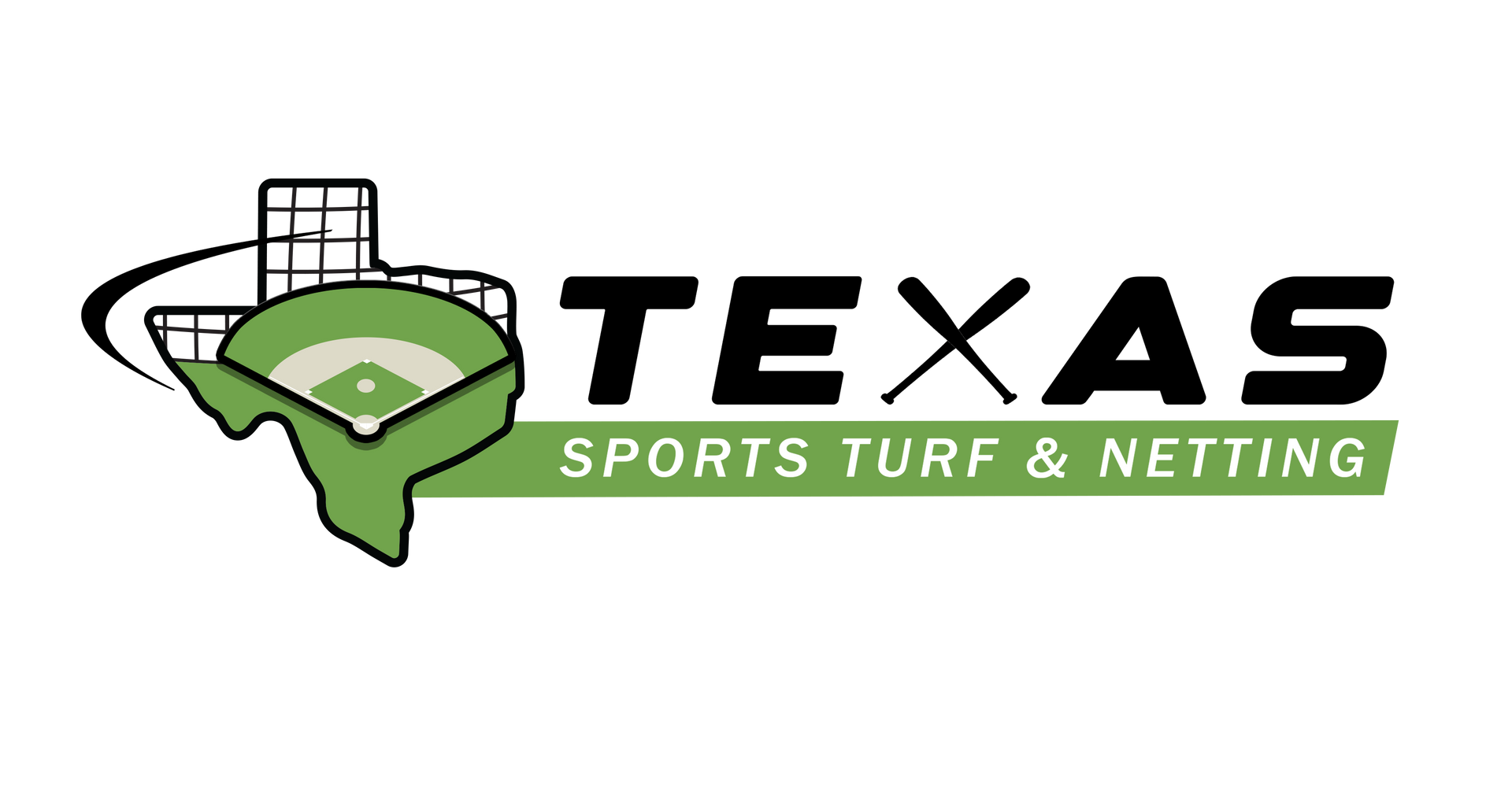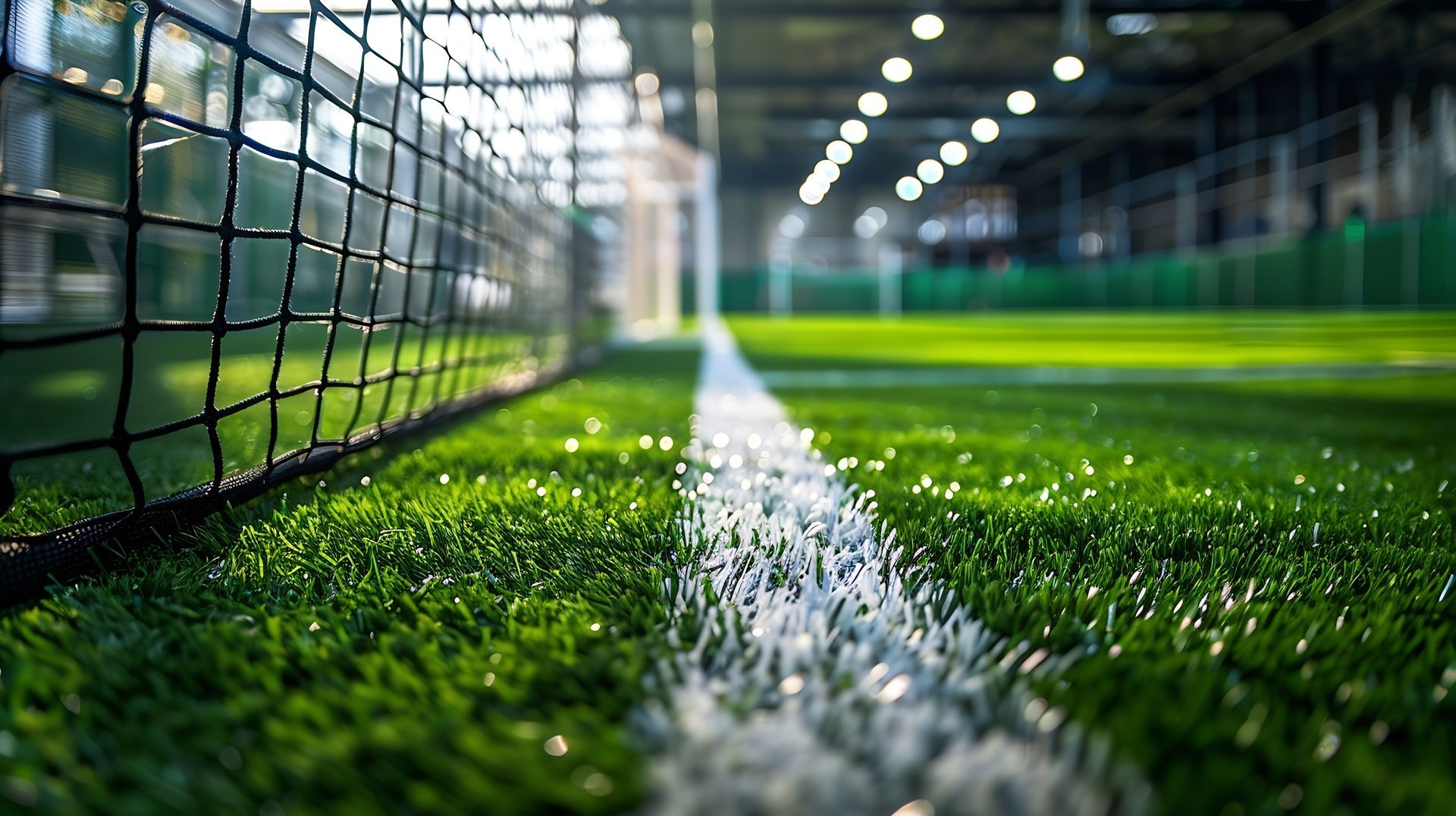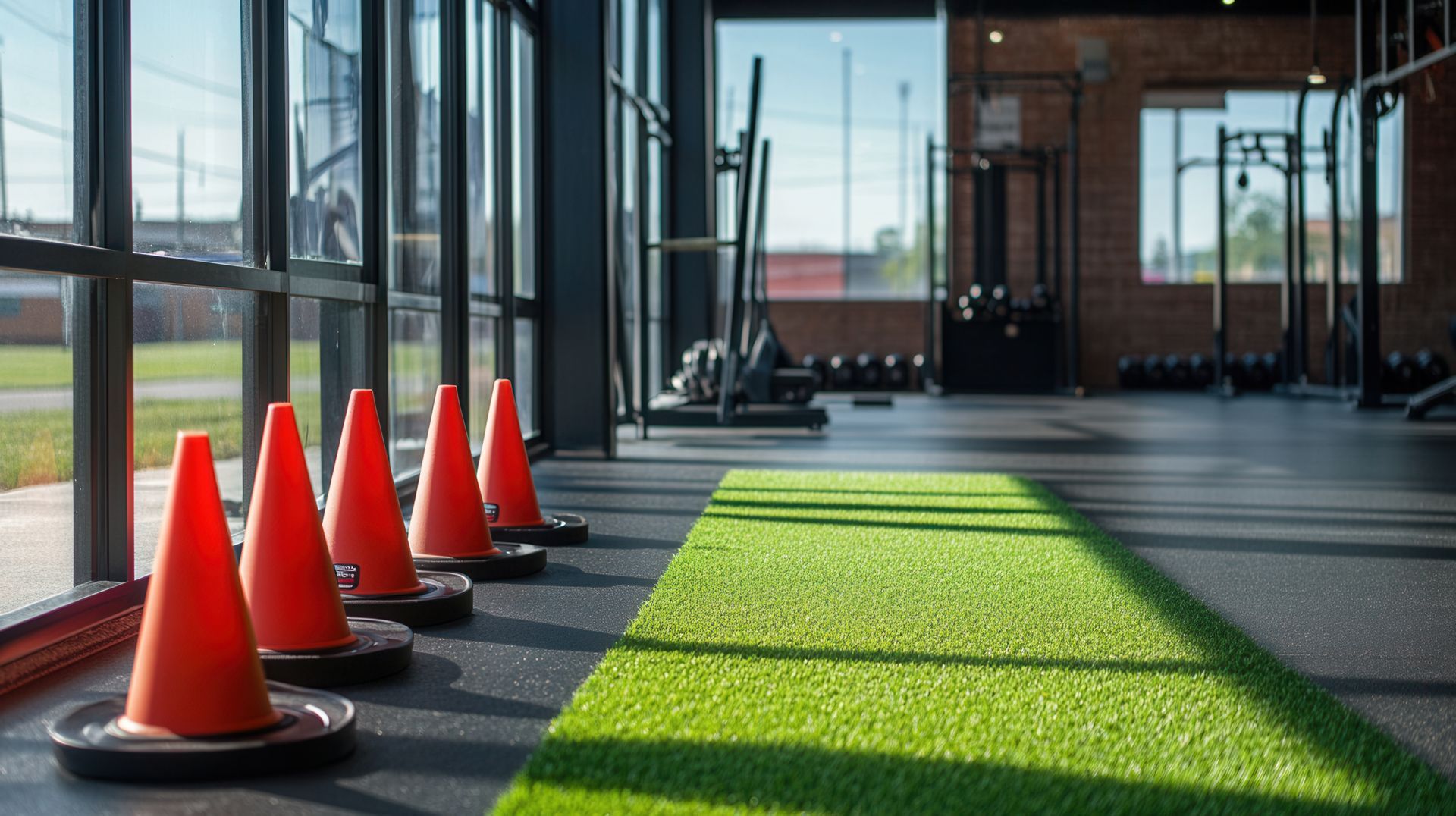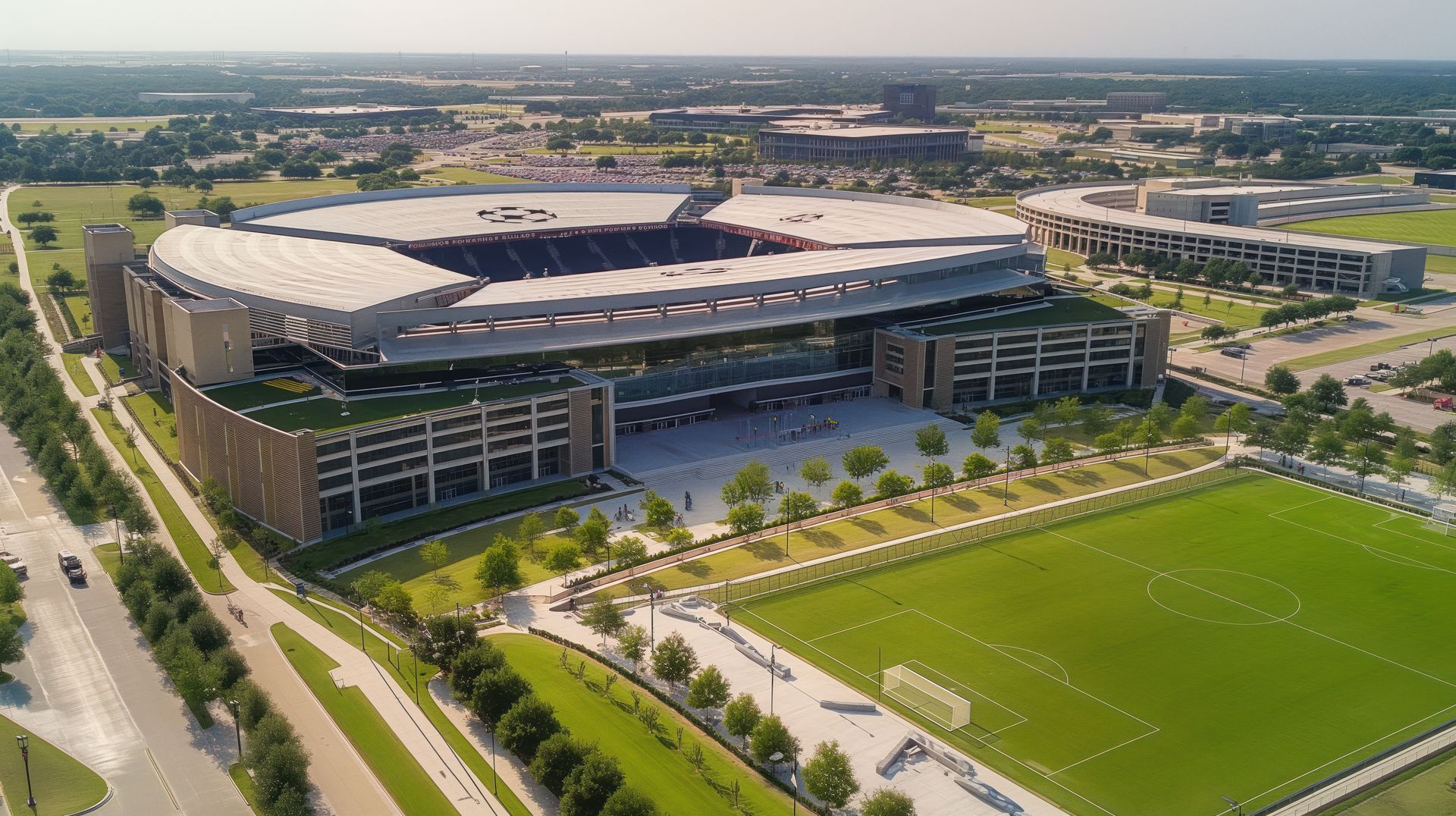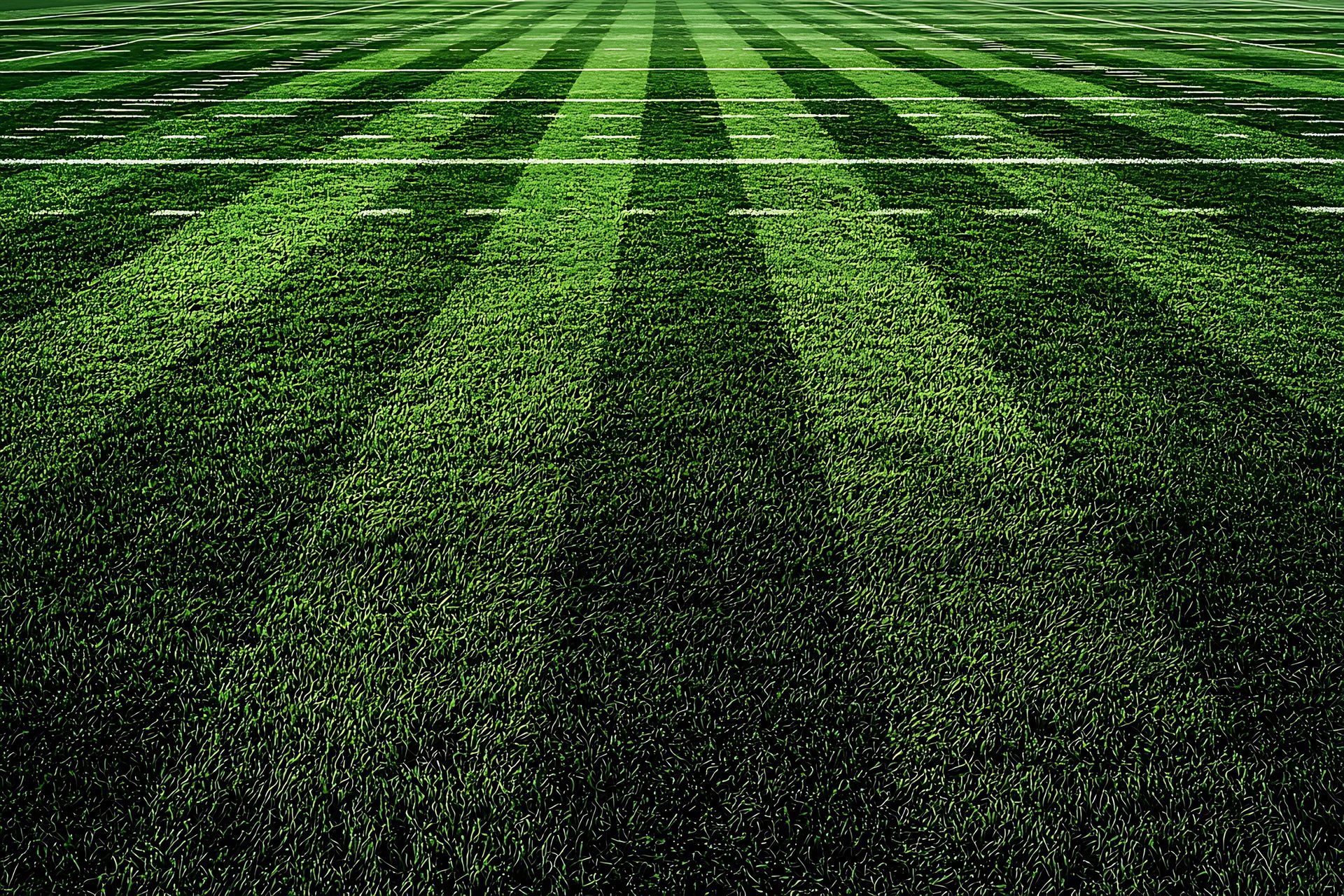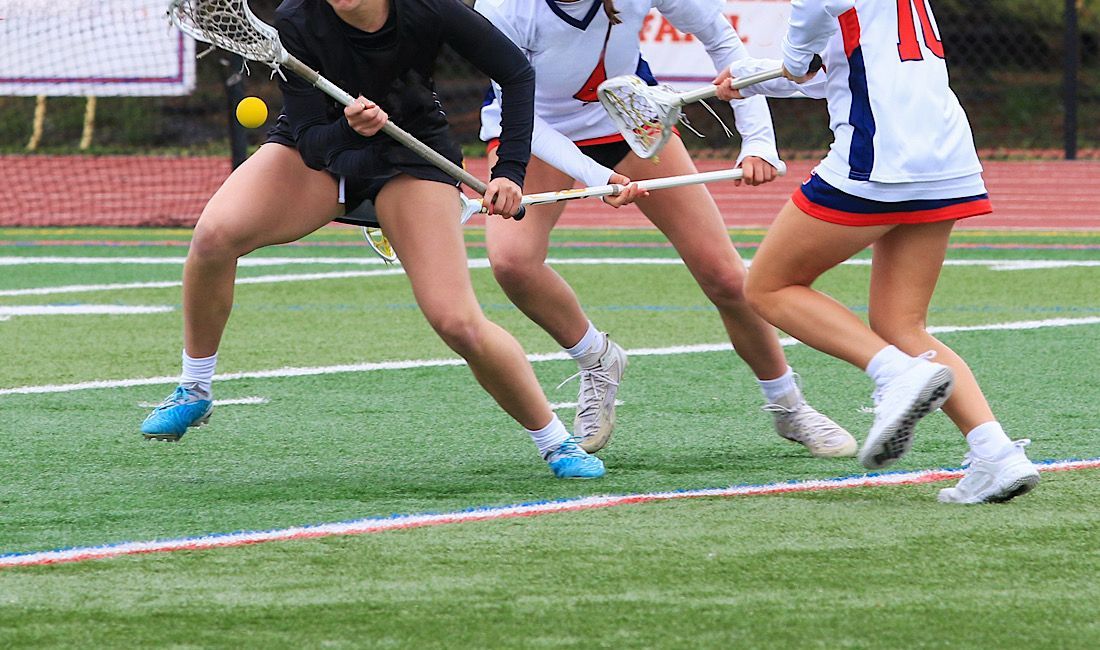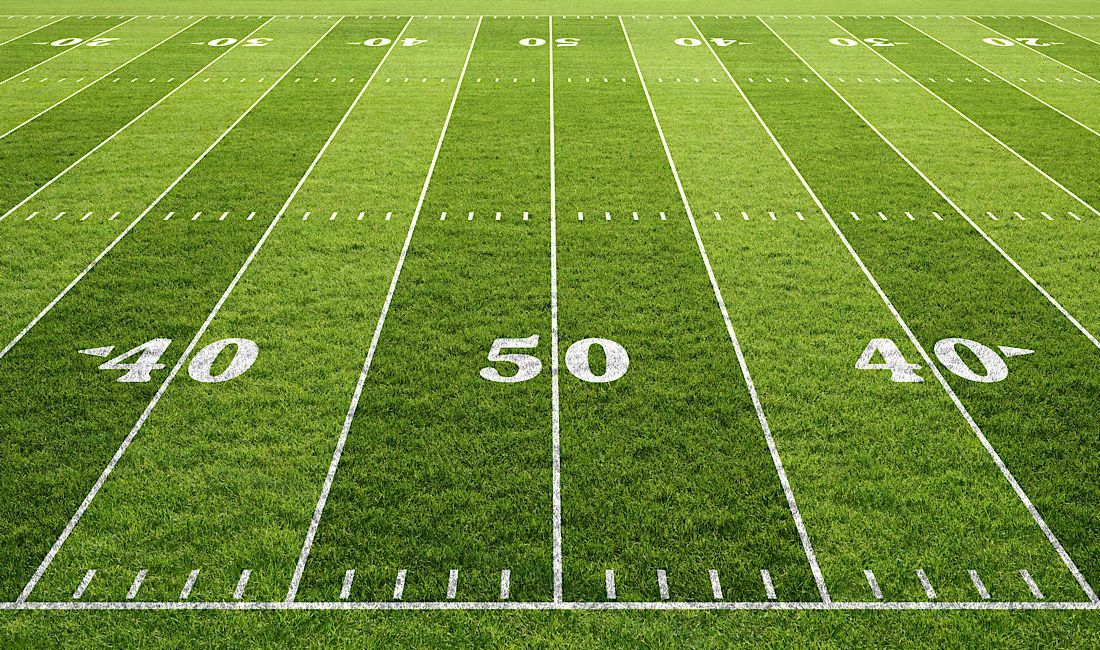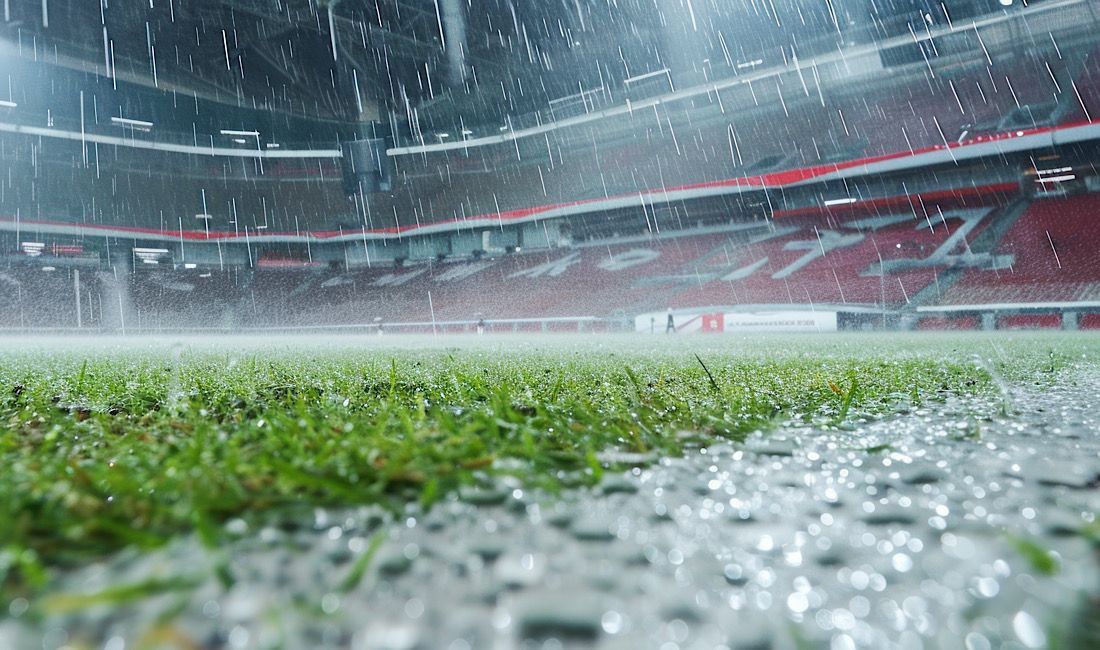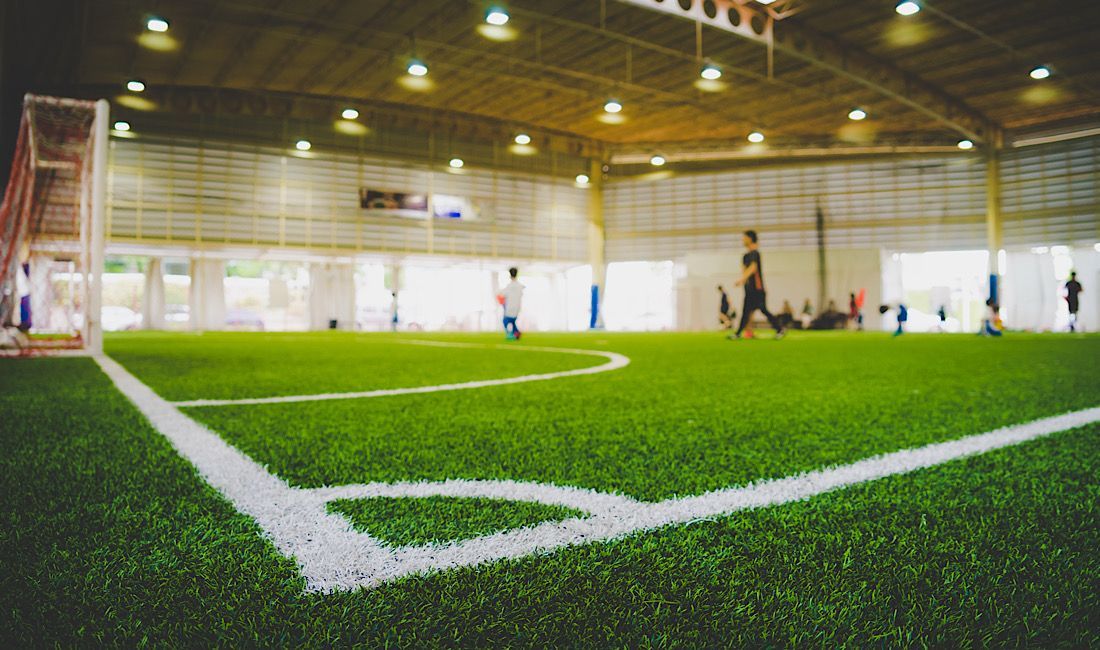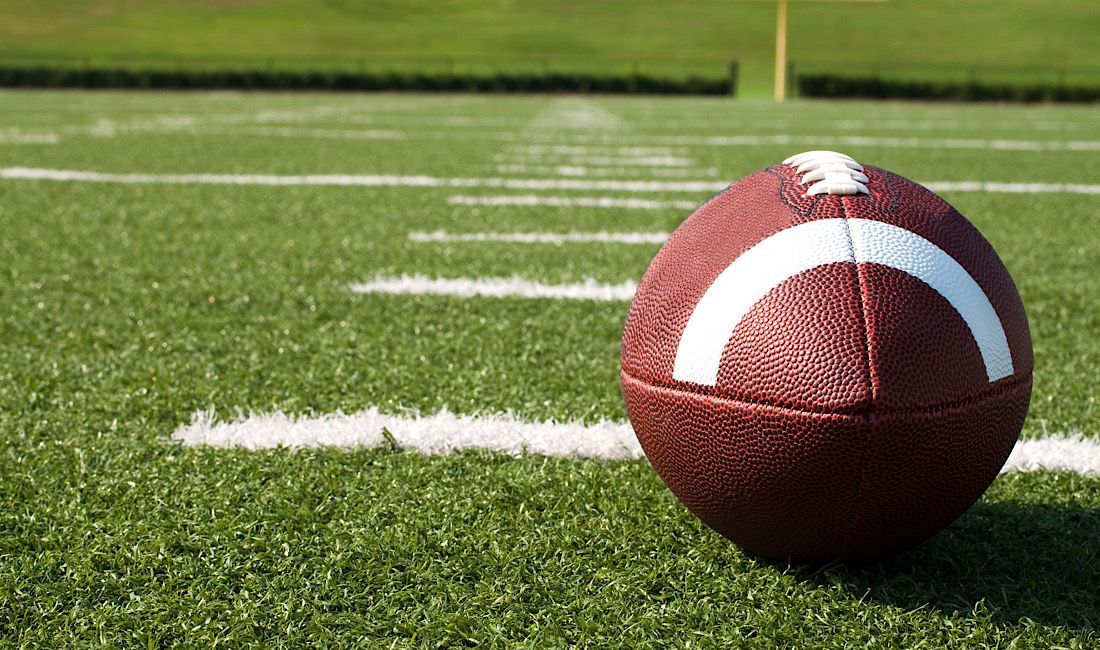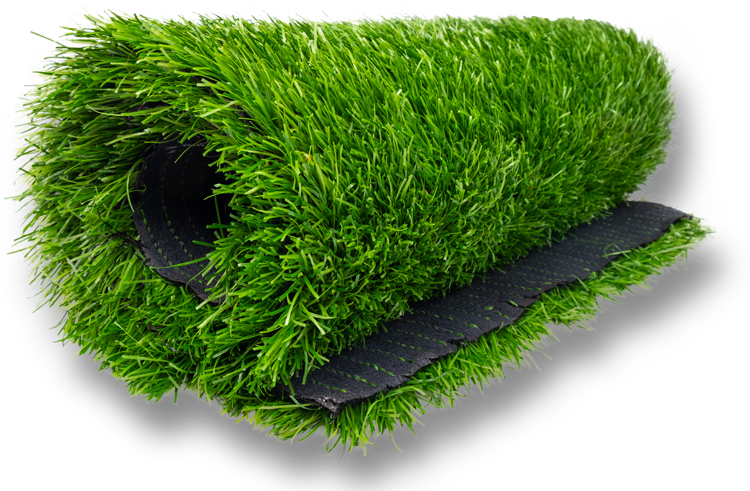How Indoor Turf Supports Year-Round Training for Texas Athletes
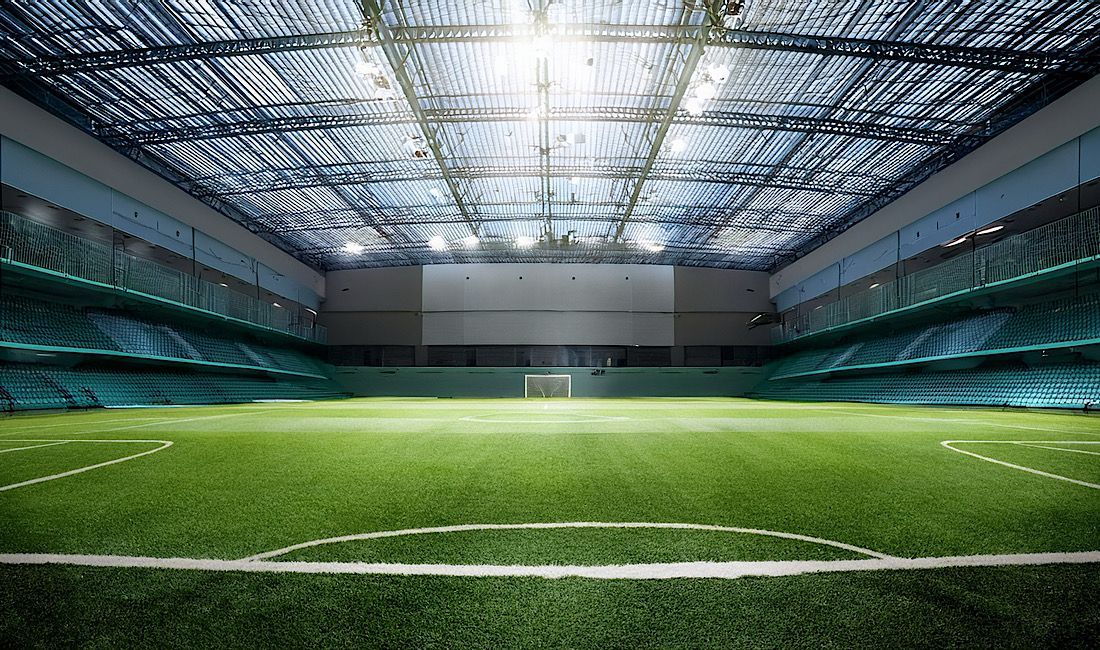
In today’s competitive sports and fitness landscape, facility owners across Texas are finding that year-round training opportunities aren’t just a luxury — they’re a requirement. Whether you're running a private sports performance center in Houston or a boutique gym in Dallas, the ability to deliver uninterrupted, high-impact workouts 12 months a year is essential to both athlete success and business growth.
This is why more private facility owners are investing in indoor synthetic turf systems — a flooring upgrade that’s transforming everything from high-performance training to group classes, team sports, and youth athletic development. With unmatched versatility, durability, and cost-efficiency, turf is no longer just for football fields. It’s a foundational asset for entrepreneurial gym owners who want to maximize space, scale programming, and increase client retention.
At Texas Sports Turf & Netting, we help fitness entrepreneurs and training facility owners design and install high-performance indoor turf solutions that support year-round training, deliver safer surfaces for clients, and drive strong return on investment.
Why Turf Is the Right Surface for Year-Round Texas Training
Texas weather may support outdoor training for part of the year, but excessive heat, humidity, rainstorms, and cold snaps make outdoor conditioning inconsistent — and, at times, unsafe. Indoor turf offers a climate-controlled, all-season training surface that athletes and trainers can rely on daily.
Unlike rubber or concrete flooring, which can limit programming variety or increase injury risk, indoor turf delivers the performance features athletes need for:
- High-Intensity Interval Training (HIIT)
- Speed and agility drills
- Functional fitness
- Sport-specific strength and conditioning
- Youth development programs
- Group fitness classes and recovery sessions
Turf also supports movements that typical gym floors can’t — such as sled pushes, agility ladder work, plyometric drills, and dynamic warm-ups — without risk of slippage or joint strain.
In a state like Texas, where many clients are training for competitive youth leagues, college recruitment, or professional tryouts, facility owners need a surface that delivers athletic performance and business consistency.
Key Benefits of Indoor Turf for Facility Owners
1. Maximize Programming Variety
Indoor turf transforms any open space into a functional zone for versatile training. Private facilities can run:
- Sprint mechanics sessions with measurable acceleration drills
- Circuit-based HIIT classes with sled pushes, cones, and resistance bands
- Youth speed and agility programs with low-impact landings
- Dynamic warm-up and recovery areas for personal training clients
Turf allows seamless transitions between team training, private coaching, and group fitness — optimizing square footage use and reducing the need for separate workout zones.
2. Support Injury Prevention and Client Safety
Safety is a non-negotiable for facility owners. The surface athletes train on directly affects movement quality and injury risk.
Indoor turf delivers:
- Shock absorption that reduces stress on knees, hips, and ankles during high-impact exercises
- Traction consistency that prevents slipping during cuts, turns, and explosive movements
- Cushioned landings for jump training, reducing repetitive stress injuries
- Minimal skin abrasion, unlike coarse rubber or older carpet flooring
Texas Sports Turf & Netting installs turf systems with optional shock pads and non-abrasive fiber types, allowing owners to tailor flooring performance to their clientele — from youth athletes to aging fitness clients.
3. Durability and Low Maintenance
Indoor turf holds up to heavy use, cleat wear, dragging equipment, and constant foot traffic — without curling, peeling, or matting.
Operational advantages include:
- Long lifespan (10–12 years with proper care)
- Minimal maintenance (brushing, occasional cleaning)
- No resurfacing or polishing as with hardwood or rubber tiles
- Resistance to sweat, bacteria, and humidity
For facilities in humid Texas cities like San Antonio or coastal areas like Galveston, synthetic turf is also resistant to mold and odor — a key hygiene benefit.
4. Strong ROI Through Versatile Revenue Streams
Private gym and training facility owners need investments that increase revenue. Indoor turf supports that by:
- Attracting more diverse clients (teams, schools, individuals)
- Enabling premium programming (sports performance, recovery classes)
- Increasing facility rental opportunities for third-party trainers or sports clinics
- Enhancing brand aesthetics with inlaid logos and custom zone design
Texas Sports Turf & Netting helps facility owners plan turf installations that align with business goals — whether you’re building a flagship performance center or converting warehouse space into a high-revenue athletic zone.
In recent ROI analysis across private Texas training facilities, turf installation costs were typically recovered in 2–3 years, with most facilities seeing 15–25% revenue growth after introducing turf-based training programs.
Customization That Drives Brand Differentiation
In an increasingly competitive fitness and sports training market, branding and experience matter. Turf gives facility owners a unique opportunity to deliver a space that reflects professionalism, attention to detail, and performance culture.
Custom options include:
- Inlaid facility logos
- Color-zoned areas for class formats or personal training
- Turf track lanes with yardage marks or agility ladder graphics
- Multi-sport layouts for soccer, flag football, or skill stations
When prospective clients or parents tour your facility, a well-installed turf space can immediately communicate quality and commitment — making it a differentiator that influences sign-ups and long-term retention.
Why Facility Owners Across Texas Are Making the Switch
From Austin to El Paso, private training centers, sports academies, and performance gyms are investing in turf because it solves three core challenges:
- It keeps programming consistent, regardless of the weather or season.
- It supports safer, more effective movement patterns for all fitness levels.
- It increases the facility’s commercial potential — driving ROI through retention and rentals.
With years of experience designing high-performance athletic spaces, Texas Sports Turf & Netting is the trusted partner for indoor turf installations built to match your facility’s size, clientele, and business model.
Whether you’re opening a new location or retrofitting an underutilized zone, we’ll help you create a turf-based training area that supports year-round growth — and helps your athletes perform at their best.
Call 281-876-7958 today or visit Texas Sports Turf & Netting to design your high-performance indoor turf solution and start unlocking the full potential of your space.
Frequently Asked Questions
Why should gyms and training centers choose indoor turf?
Indoor turf delivers durability, safety, and versatility, making it ideal for HIIT, agility training, functional fitness, and group classes.
How long does indoor turf last?
With proper care, most systems last 10–12 years, offering long-term value and a strong return on investment.
Is indoor turf safe for all athletes?
Yes. Turf provides shock absorption, traction consistency, and cushioned landings, reducing joint stress and injury risk for youth athletes, adults, and seniors.
What maintenance does indoor turf require?
Minimal upkeep is needed — regular brushing and occasional cleaning keep turf looking professional and high-performing.
Can turf be customized for branding?
Absolutely. Facilities can add inlaid logos, track lanes, or color-zoned areas to create a professional and branded training environment.
